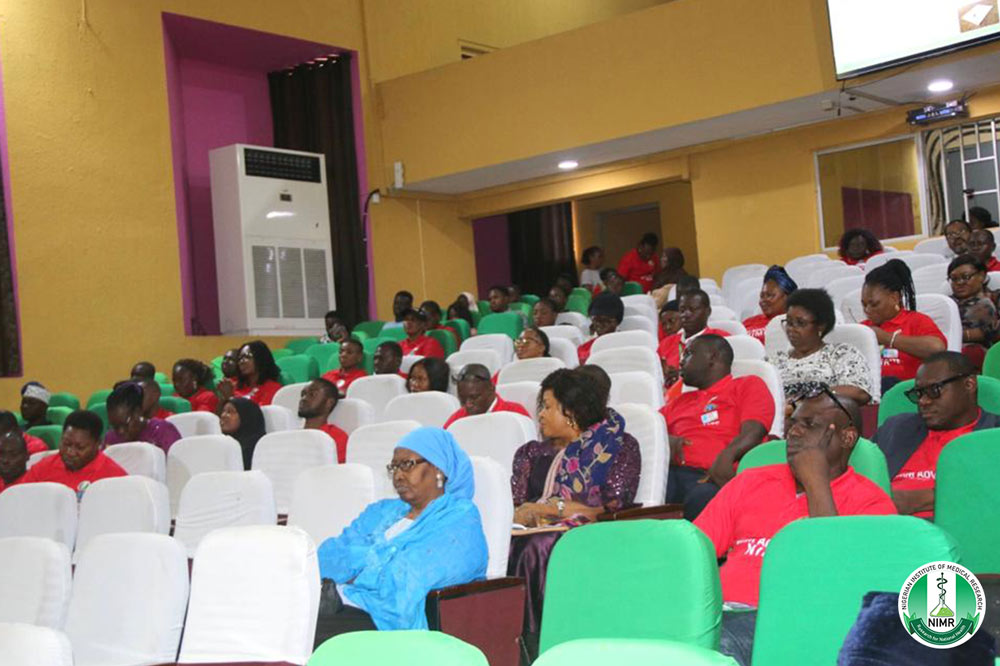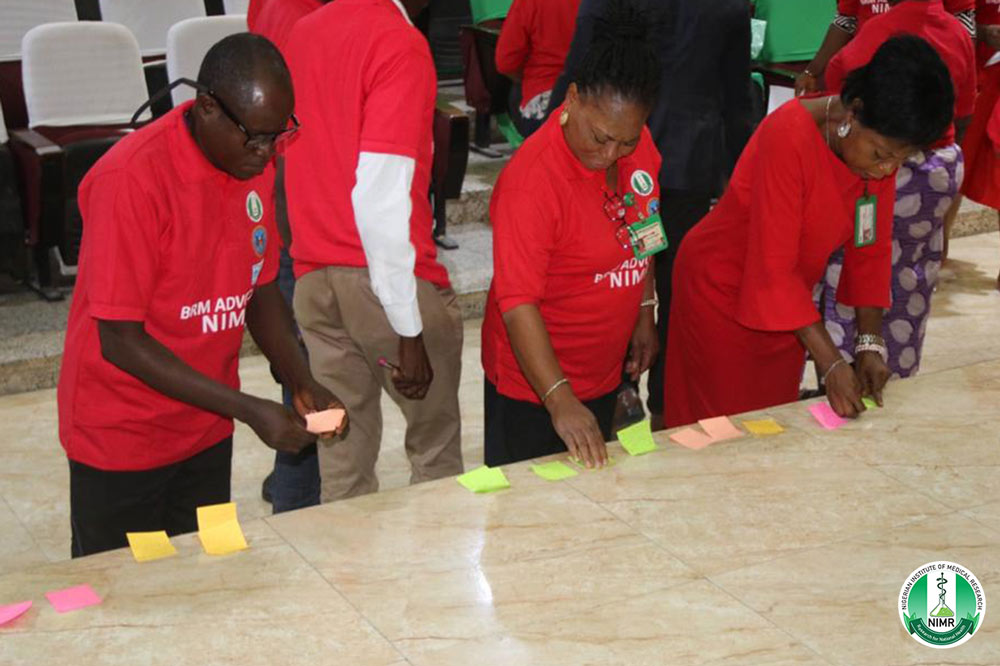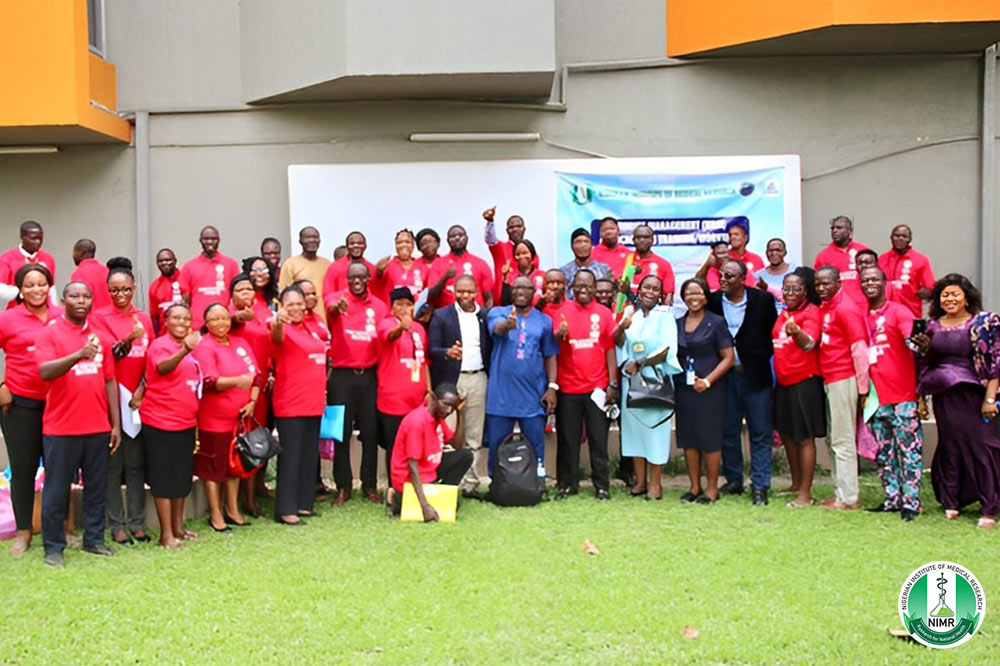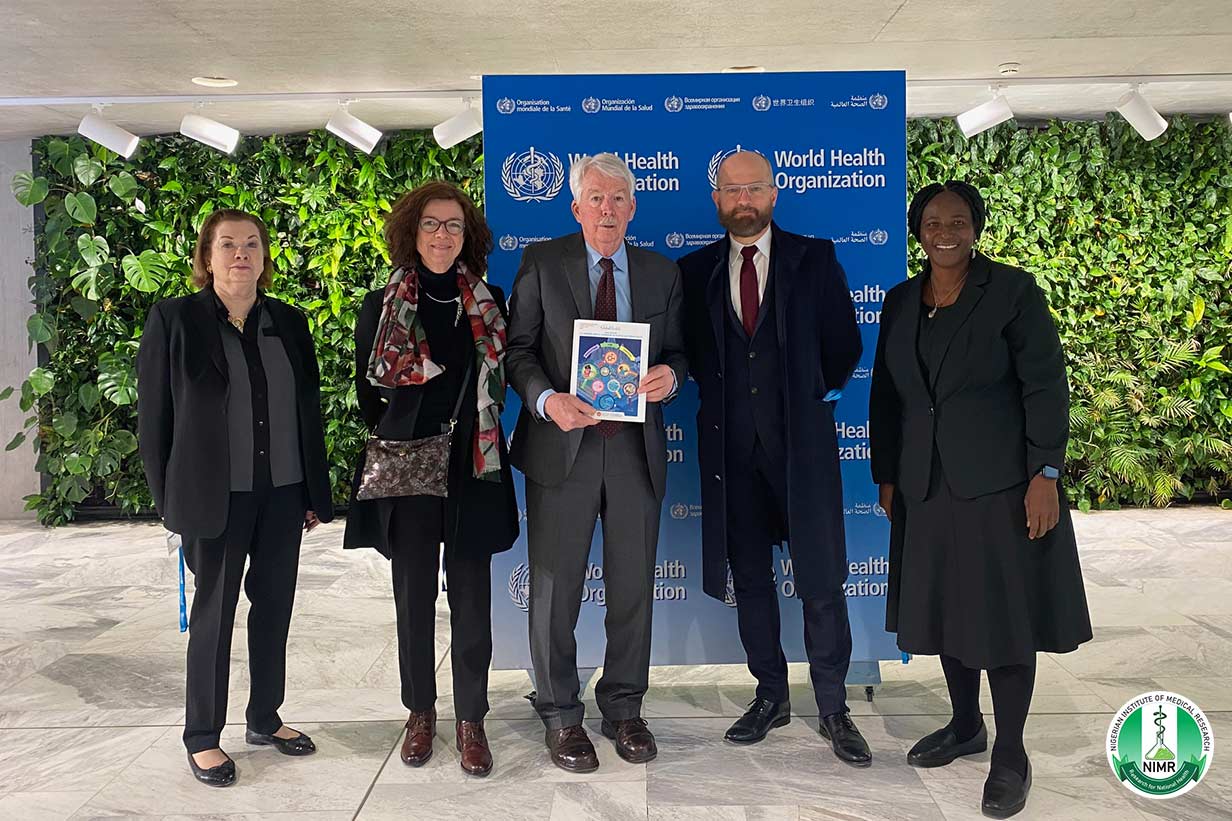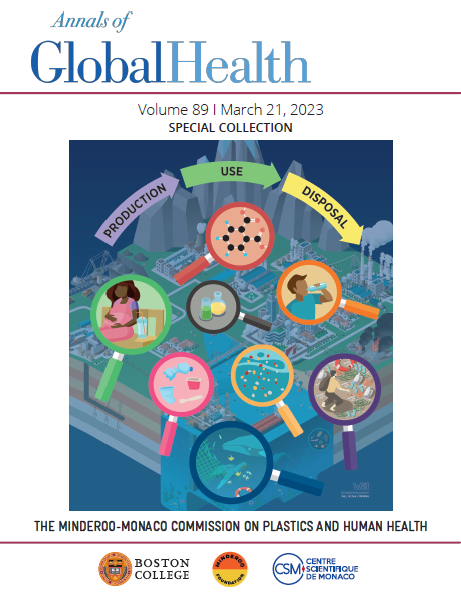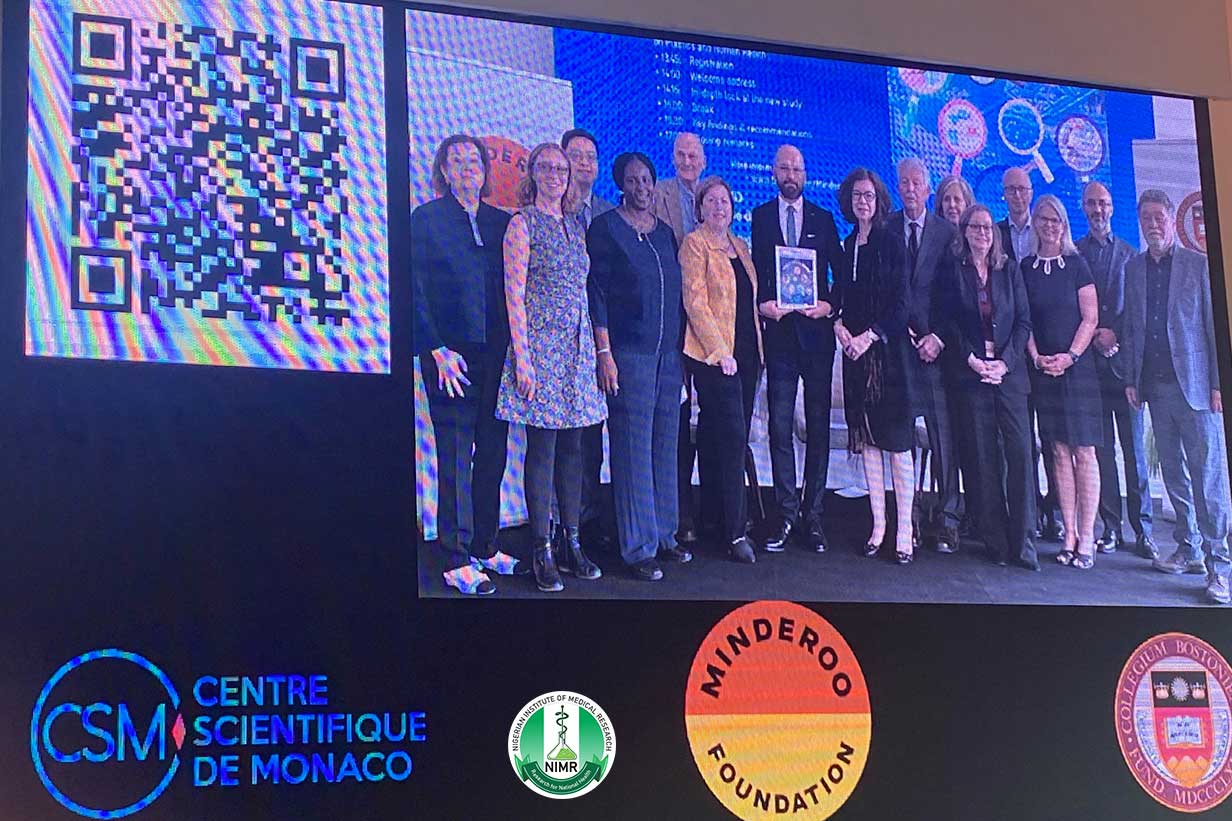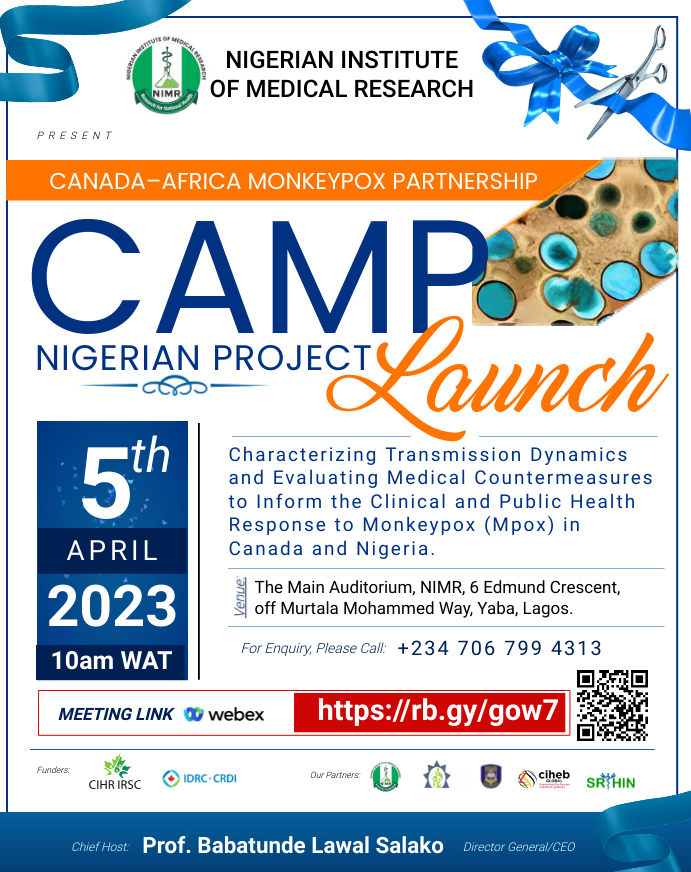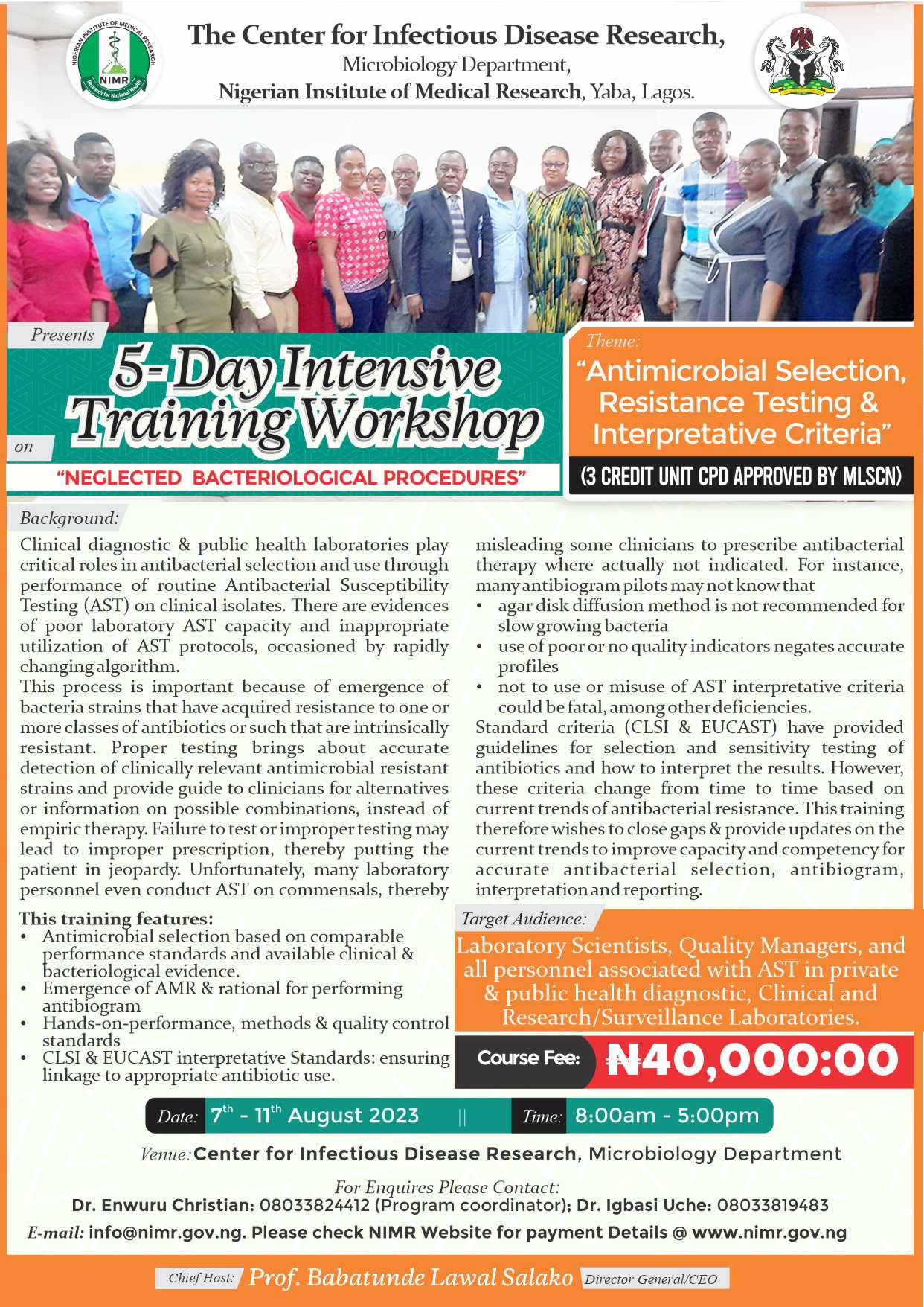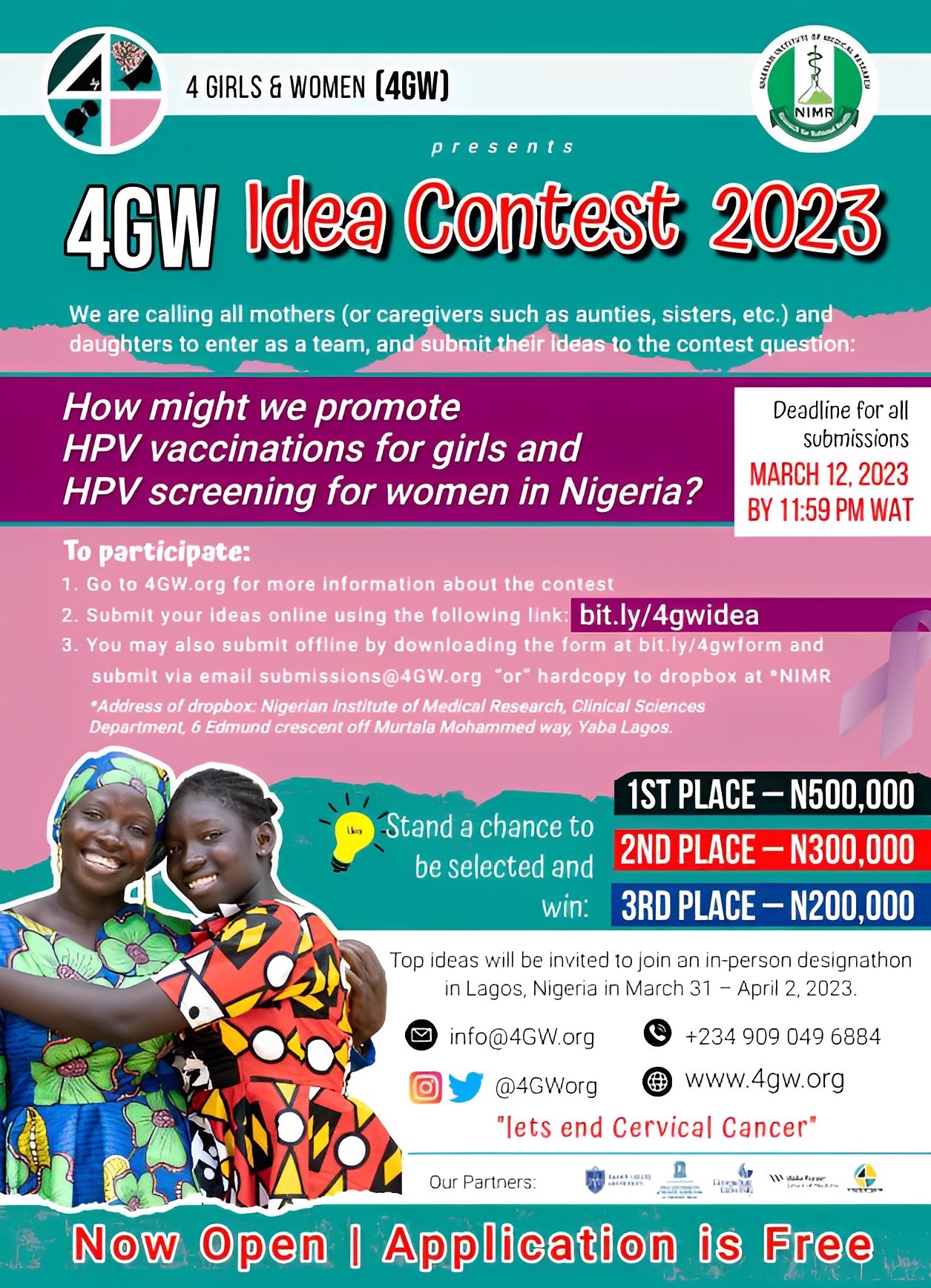What are your strategies for community engagement, especially in the hard-to-reach areas in the country?
To reach everyone, including those in rural communities and hard-to-reach areas, we first held a stakeholder meeting to which we invited about 30 pressmen. We understand that we may not be able to visit those locations, but we are hopeful that through our engagement with the press, we will be able to reach every part of the country with the message of awareness and availability of screening programs. And from the information we have received thus far, it is clear that the information is spreading. We are also using social media to reach people; we know that people in hard-to-reach areas use cell phones, so we are using that to reach as many people as possible, but we are aware that this single project will not be enough.
Are there vaccines against the human papillomavirus and are they readily available in the country?
Yes, there is a Human papillomavirus vaccine available. We have bivalent and quadrivalent vaccines that are designed to target the two types of HPV that cause 70% of the virus. They are widely available, but they are not part of the national program; they are not yet a part of the national immunization program, though the government is working to change that. The government planned it for the fourth quarter of 2020, but COVID-19 delayed it. Hopefully, by the end of this year, it would have been part of the national health program, but it is available in the country’s private health sector. It is a commitment that all parents should make in their daughter’s life between the ages of 9 and 15. Mothers need to be informed on when and how their daughters can receive vaccination against cervical cancer. Previously, the vaccine required three shots, but it has now they have reduced it to a single shot.
Is there treatment a component of the awareness and screening programme, or will there be referrals for treatment for those positive for the screening?
Yes, as we raise awareness and screening, those who are positive and at the early stage of the disease will receive treatment, but we will refer anyone in the advanced stage to teaching hospitals where they can receive adequate treatment.
Does NIMR have adequate human resources and equipment to carry out this programme?
Of course, NIMR is the country’s apex medical research institute, and our mandate is to conduct research into diseases of public health importance, of which cervical cancer is one. Who is required to conduct cervical cancer research? You need public health physicians, gynaecologists, and nurses, all of which NIMR has. NIMR has everything we need to get started. However, we recognize that we cannot accomplish this alone, which is why we are collaborating with colleagues from US institutions such as St. Louis University and the University of North Carolina, as well as other institutions in Nigeria such as the University of Ibadan, Nnamdi Azikiwe University in Awka, and Aminu Kano University teaching hospital, Kano. We are also partnering with other like-minded organizations to ensure that we have the capacity and reach to run these services.
How achievable is the WHO’s goal of eradicating cervical cancer by 2030?
Achieving WHO’s goal of eradicating cervical cancer by 2030 entails striving to ensure that all young girls between the ages of 9 and 15 receive vaccination, and women between the ages of 30 and 60 receive screening for cervical cancer to detect cases of cervical cancer at an early stage and receive treatment and cure. Many countries are already on track to do so, so we are urging the government and politicians to redouble their efforts to ensure that Nigeria joins the committee of nations working to eradicate cervical cancer by 2030. And no one will probably not be talking about cervical cancer in ten or twenty years.
What happens to girls aged 16-29 not included in being screened and vaccinated?
It is not possible to solve every problem; therefore, a target group is considered important to receive the vaccination. Evidence suggests that the vaccination is most effective in children aged 9 to 15. If a woman is 25 years old and has not had sex, she can still get the vaccine; however, it is not as effective as when she is 9-15 years old. When you have limited resources, you will deploy them where they can be most effectively utilized. Women at age 30 can then receive screening.
How can we contribute to the campaign of getting girls and women in our communities vaccinated and screened?
They should be directed to go to any teaching hospital or federal medical centre, and even general hospitals in Lagos state, to screen for cervical cancer. It is something that even a nurse can do; all it takes is training, and most people in these healthcare facilities have been trained.
Can vaccination and screening extend to healthcare centres as well?
Nobody wants to do anything that can lead to false-negative results. One must be certain when claiming that someone has cancer. Nobody just screens people and tells them they have early-stage cancer without valid evidence. That can be fatal on its own, so you don’t want to scale down screening to the level of care without adequate training and qualified health human resources to provide vaccination and screening.
Is the Pap smear test what determines whether someone has cervical cancer?
A pap smear test is like waiting for the disease to develop and detect it, but HPV testing determines the organism that causes cervical cancer so that treatment can begin before it transforms. The Human papillomavirus will first affect the cervix. The Human papillomavirus attacks the cervix first. It will affect the cervix’s squamocolumnar junction (SCJ) and from there, the body will have a way of preventing it from sitting, but some of them survive and then transform into cervical cancer, which is why cervical cancer is common among HIV-positive people because their immunity is low and their body is unable to prevent the HPV from transforming to cervical cancer. The HPV test is the better option, but if a pap smear is all that is available, that is also an option.
Is it affordable to have a cervical cancer vaccine/screening?
People have phones worth hundreds of thousands of naira, and some have phones worth a million naira. People buy expensive clothes and shoes, so, people should prioritize their healthcare and invest in it. Our toughest challenge is people’s negative attitude toward healthcare. Everyone puts money aside for school fees and festivities, but how many people put money aside for their healthcare? Only very few people probably do! You say you’re putting money aside for your daughter’s wedding, so why not invest in her well-being by getting her vaccinated against HPV? That’s a fantastic investment. When parents build houses for children to inherit, the children will have to be still alive to inherit them. If she is still alive, she can earn far more money than the house or money you want to save for her.
How much does the cervical cancer vaccine cost?
I can’t say how much it is right now, but it’s not more than ₦10,000 for a single shot.
What happens if you are screened and tested positive?
We provide viable treatment. That is why it is critical to detect it as soon as possible. If we detected it between the ages of 16 and 18, we will either perform a colposcopy or a visual inspection, and if there is a vision, it is an office procedure; we will simply circulate the cervix, and that is it. If the woman has finished her family, we will just remove the entire transformation zone, but if she is still having children, she will receive therapy and that’s it. It’s that simple, and it’s the essence of detecting it early, just like breast examination. If we discover a lump early, it can be removed quickly; however, despite increased awareness, people continue to be diagnosed with breast cancer. But we’ll keep talking and preaching; one day, our women will listen. We are sending flyers and letters to all women’s organizations in Lagos, including market women, medical women’s associations, Islamic women’s associations, Federation of Muslim Women Associations in Nigeria (FOMWAN), Nigerian Medical Association (NMA), secondary schools, and religious bodies. We will do our best to ensure that no one claims to have not heard about it, we should all begin sensitizing others around us on the importance of vaccination and screening.

